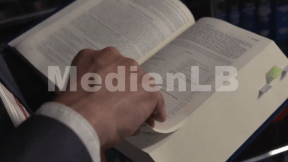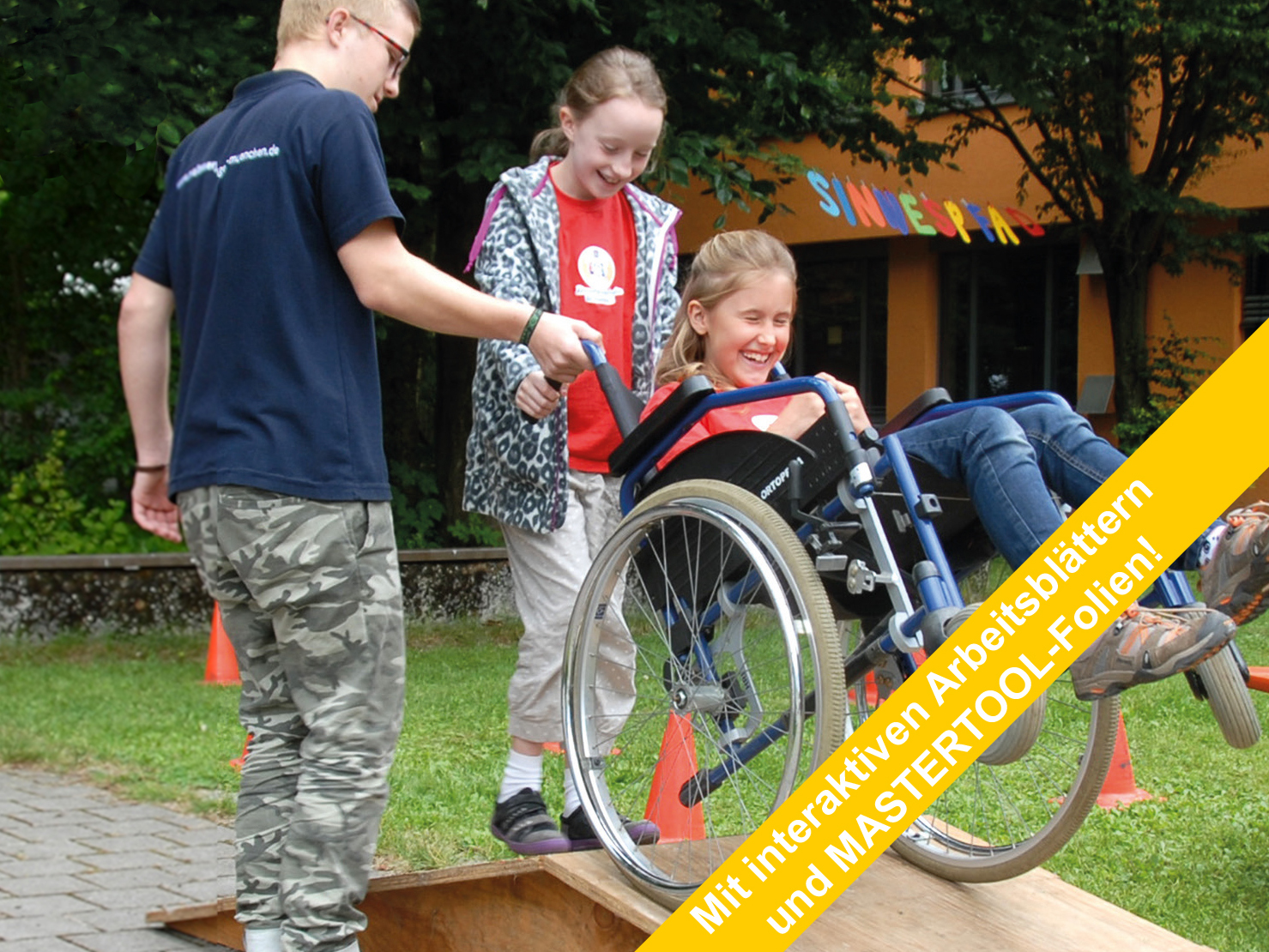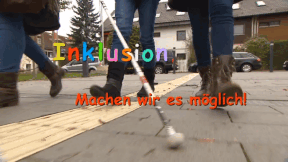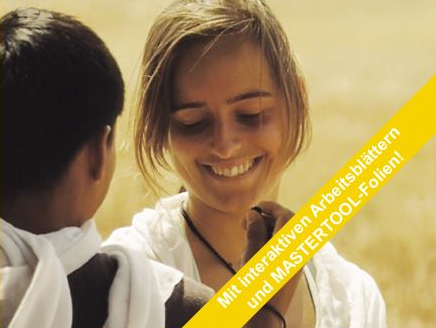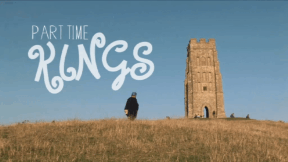 Vocational Education
Vocational Education
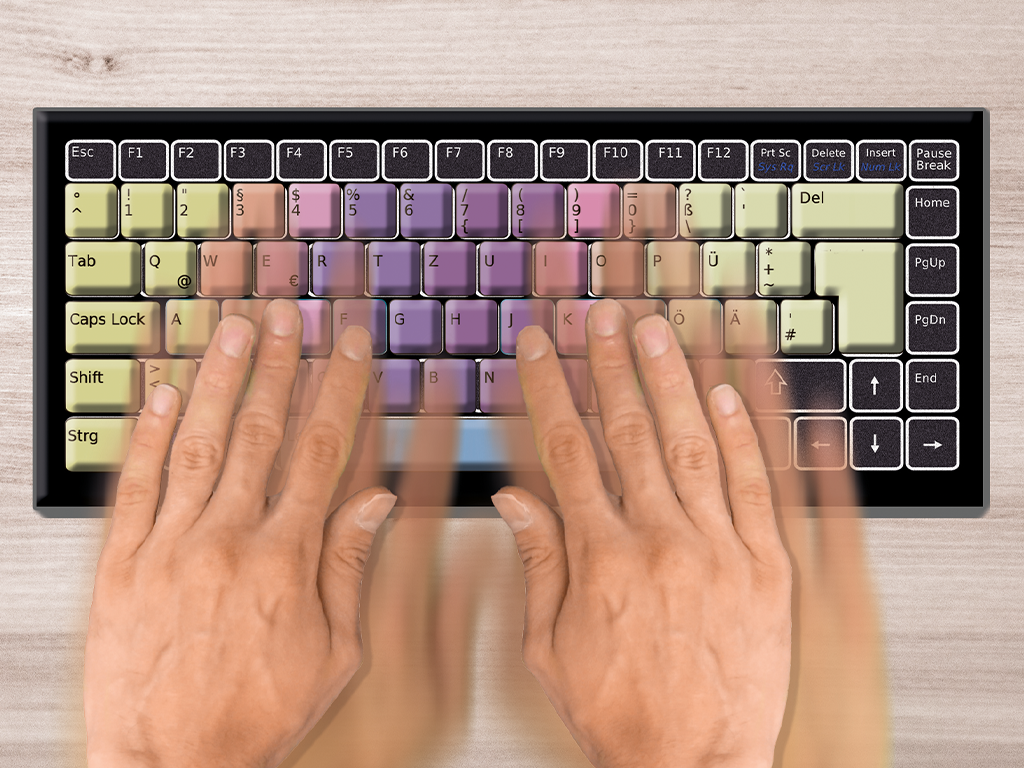
4679020 / 5565781
Zehnfingersystem
Grundlagen, Technik und Anwendung
Die Technik des Zehnfingerschreibens ist vor allem in vielen kaufmännischen Berufen eine wesentliche Anforderung. Der entscheidende Vorteil ist neben der höheren Geschwindigkeit, mit der Texte eingegeben werden können vor allem der Umstand, dass die Tastatur „blind“ bedient werden kann. Dadurch kann der Blick auf dem Bildschirm bleiben oder auf dem Text, der abgetippt werden muss. Damit ist das Zehnfingersystem eine erhebliche Arbeitserleichterung für alle, die in der Schule, im Studium oder im Beruf viel mit Textverarbeitung zu tun haben. Der Film erklärt Reihe für Reihe die Wege, die die Finger auf der Tastatur gehen müssen und stellt Übungen vor, mit denen die Fähigkeiten im Zehnfingersystem erworben und vertieft werden können. In Verbindung mit dem Zusatzmaterial (klassische und interaktive Arbeitsblätter, Testfragen, kommentierte Linkliste) ist die DVD hervorragend für den Einsatz im Unterricht geeignet.
Play trailer
Curriculum-centred and oriented towards educational standards
Matching
Rights and Obligations
Three girls of different ages: Anna is 17, Paula 15 and Lena 13. Before the law, their respective ages have consequences – because children and adolescents have different rights and also obligations.
Inclusion
Madita is eleven and blind. She does not want to go to a special school but to a regular grammar school. She says she feels "normal" there. Jonathan is eight and has a walking disability. He likes going to the school where he lives. Here, his best friend sits next to him. Max Dimpflmeier, a teacher who is severely deaf, explains that school life is not easy. Quote Max Dimpflmeier: "You don't want to attract attention, you want to avoid saying that it is necessary for you that 70 people adjust to your situation." People on their way to inclusion.





